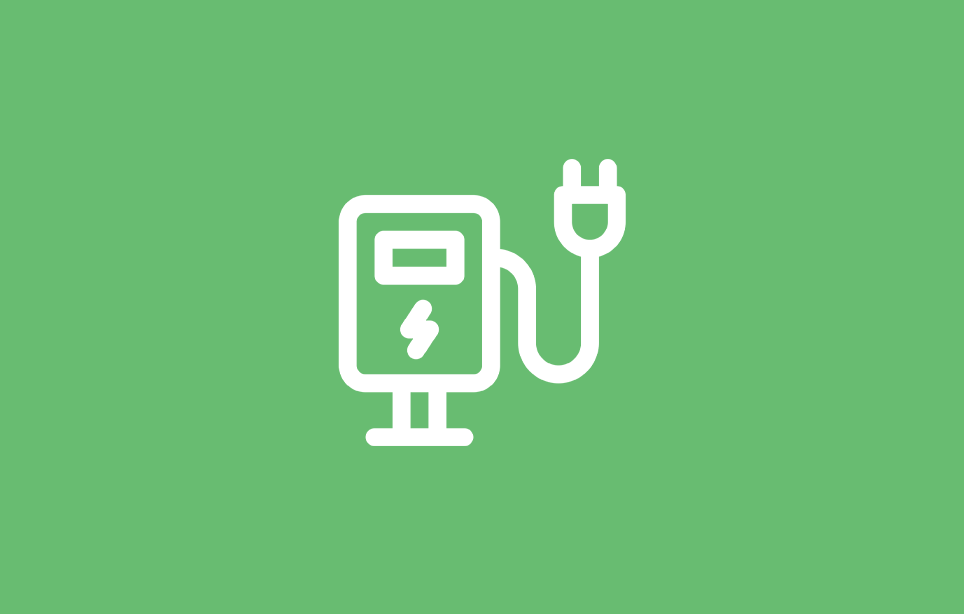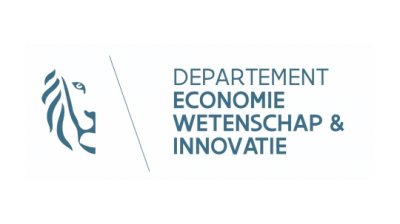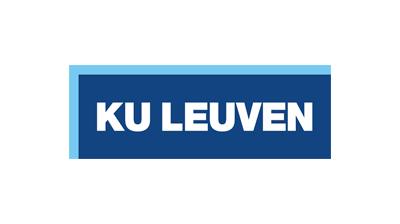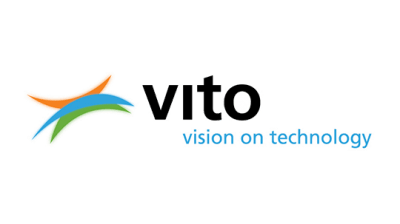Circular construction is building with a better, more economical use of resources. After all, the production of construction products has a major impact through the extraction, processing and transport of raw materials and end products. In addition, a lot of waste is generated during production, on construction sites and during demolition work. About 30 to 40% of our waste comes from construction. The way we build and live also has a major impact on our carbon footprint. That is why a joint transition to circular construction makes a big difference. Circular construction is realized through intense colaboration by designing smarter and closing loops. On this page, the focus is on circular procurement in construction.

Flemish Green Deal Circular Construction
On 22 February 2019, Koen Van den Heuvel, the Flemish minister of the Environment, Nature and Agriculture, launched the Green Deal Circular Construction , an initiative by Flanders Circular, OVAM and the Flemish Construction Confederation. With this joint commitment, construction companies, building material manufacturers, local and regional authorities, private builders, researchers and other organisations will work together to make circular construction in Flanders a daily reality in the future. All learnings will be shared on the new website about circular construction.
Circular strategies construction
A first question is whether efforts can be made to improve (part of) an existing building, or whether deconstruction and/or new construction are necessary. LCA and LCC can help to make this trade-off. In addition, factors such as historical value, budget and the condition of the building can also have an influence. Next, location and access to nearby (sub) infrastructure are important to consider.
.png)
- Rent or share: platforms such as Werflink allow the exchange of building materials between construction professionals. Also think about the versatility of spaces for different users, to use it optimally.
- Re-use and less waste: during renovation, deconstruction or demolition, it is important to first draw up a complete inventory of resources and waste in the building. This allows for maximal reuse - in situ or elsewhere - and efficient recycling. Because the integration of recovered building elements has a major impact on the design and construction process, it is important to do this as early as possible. Either before tendering, so you can include concrete reusable materials in the specifications, or state in the specifications that the inventory must be carried out (and by whom) as soon as the contract is awarded. If you want to reuse ex-situ materials, you have to be flexible in the tender document. After all, the offer fluctuates a lot and often products doe not meet industrial standard dimensions. Also consider provisions for the storage and logistics of these materials.
- Minimal use of material in design (reduce): When technically possible, reduce the amount of material and avoid loss of materials.
.png)
- Insight into the share of recycled, biobased and virgin materials: There are many tools and databases that can provide insight into more sustainable and/or circular building materials.
-
Increase the share of recycled content: a market survey will provide insight into the most recent developments and the % recycled content you can ask for in your specifications.
-
Increasing the share of biobased content: consider biobased alternatives. A market consultation can provide insight into what is possible for the specific functional need.
-
Energy consumption: the energy consumption during the operation of (office) buildings has a very large environmental impact. Lighting, heating, cooling and ventilation contribute most to this. The impact is mainly determined by the thermal efficiency of the building.
-
Transport: Heavy construction materials and raw materials are often transported by truck, potentially resulting in significant CO2 emissions. Where logistically feasible, rail and waterway can form an alternative. Good planning, so that trucks do not run empty, can also have a significant impact.
.png)
- Stretching warranty
- Contractual agreements for maintenance and repair: Proper and timely maintenance ensures that the building and installations last longer, conclude the necessary contracts for this.
- Upgradable Products Designing for a long lifespan: Design the building layers per layer and independently of each other, for example you have easy access to the utility pipes when they need to be replaced or the facade can be easily modernized. In addition, choose durable, wear-resistant materials. (Cfr. layers of Brand).
- Repairability and maintainability: Choose connections so that parts can be easily disassembled for replacement if necessary.
- Modular design: Modular design allows to meet different usage needs, so that the building is optimally used.
- Change-oriented design: By designing for change you can meet new user needs, after all, these often change faster than the expected lifespan of the building.
- Contractual incentives to extend service life: DBFM projects (Design, Build, Finance and Maintain) encourage high-quality structures with a long service life
- Advice on usage optimization by supplier
.png)
- Design for Dissasembly: choose products and connections that are easy to disassemble. Designing for disassembly increases the chance of reusing products.
- Modular design
- Standardized design: The use of standard dimensions makes it easier to replace, adapt or reuse certain components.
- Understanding composition and connections: Connections that are easy to undo make it easier to unlock and reuse components. Using lime or bastard mortar to lay facade bricks, for example, makes reuse possible, in contrast to cement mortar. During renovation or deconstruction, an inventory of the available resources helps to draw up a plan for maximum reuse of products.
- Contractual arrangements for take-back and reuse: discuss with the suppliers whether the take-back at the end of its useful life can be contractually determined, possibly including determination of the residual value (take back, buy-back, etc.). Ask for guarantees for reuse.
- Circular business models: in the event of demolition or renovation, focus on dismantling in order to make optimum use of the materials present through reuse. There are specialized operators who put these elements back into circulation. But it can of course also be done through the informal circuit, for example through donations.
.png)
- Design for recycling: to facilitate recycling, the elements must be easily separated from each other and must not be contaminated.
- Insight into materials: In renovation or deconstruction, an inventory of the available resources helps to create a waste management plan for high-value recycling when reuse is impossible. By using a materials passport or material sheets for new construction, it is clear which materials are present and how they can be recycled optimally if reuse is impossible.
- Contractual arrangements for return and recycling
- Reducing toxicity: the presence of toxic substances can have a negative impact on the indoor climate and the health of the users. In addition, they also ensure that the materials cannot be reused or recycled. So pay the attention to it in your tender. In particular for these products: adhesives and finishing materials, fluorescent lamps, furniture filling and covering materials, chrome-plated or galvanized metals, preserved, coated or glued wood. You will find standard values and labels for your specifications in EU GPP criteria. In addition an asbestos inventory and waste inventory with a separate register of hazardous waste can be demanded.
- Biodegradable/Compostable
- Stimulate circular revenue models: focus on selective demolition to recycle the materials present that are not reusable via pure waste streams.
Contract type
There are a number of options, each of which have benefits and disadvantages. The sequence of the procurement activities can have a major impact on the result, especially due to the influence it has on the cooperation between the different actors. It is also important to consider when and how circular criteria can best be integrated into the procurement journey. In any case, it is advisable to already shape the circular ambitions in the internal project planning phase and to communicate them in the specifications.
-
Employer design (classic): A design team is first appointed via a request for quotation or competition. Clearly state the circular ambitions in the description of the assignment. On the basis of the design of this design team, award criteria are then drawn up for the appointment of a main contractor. In a one-step procedure, it is important that the contractor understands the circular requirements well and is able to comply with them. It is also possible to follow a two-step procedure, in which the builder and main contractor jointly appoint the main subcontractors. With this contract form, contractors can provide cost-effective and innovative answers.
-
Integrated Design and Build (DB): One integrated team is appointed, which includes both the design team and the building contractor. Thereafther a design is chosen. This contract form can reduce risk and uncertainty in innovative projects. It provides more flexibility to meet the client's performance requirements, which means that these must be carefully defined and that the circular requirements and wishes must be included.
-
Construction team: The plans are made by a designer (architect and possibly an engineering office) and contractor together, the latter contributing his technical knowledge and practical experience. This lowers the risk of difficulties during execution. This construction team assists the client during the design phase and is then dissolved. The client then appoints a contractor to carry out the construction.
-
Design, Build & Operate (DBO): In this contract type, the client lays down detailed functional specifications, after which a DBO contractor is selected. This person is responsible for the building during the defined concession period (usually 20-30 years). The financial agreement for the use of the building by the client is included in the contract. Many of the risks are therefore transferred to the 'operator'. These types of assignments are often taken on by consortia or special purpose vehicles that bring together different parties: contractors, investors, specialized subcontractors and service providers. When using this contract type, it is important to prioritize circular requirements in the initial contractor selection procedure. A specific form of this contract type is an Energy Performance Contract agreement. A package of renovation works is put out to tender to reduce the energy consumption and/or CO2 emissions of a building.
-
Facilities management: the management and maintenance of the building can be carried out by the client, or be outsourced in a separate contract to a specialized company. This can include, among other things, energy, water and waste management. It is important to include sustainability requirements in the specifications. Bonus and/or penalty clauses can also be used.
Source: EU GPP Guidance
The human factor
To make a circular construction project a success, it is important that the client forms a good team with all the actors involved. Much more than in traditional projects, the architects, engineers stability and techniques, contractors, suppliers, maintenance personnel, end users,... must stive for the same - circular - ambitions and make sure that everyone's needs are considered. It is therefore important to clearly communicate the circular ambitions of the client from the start. And to select a team that wants to work together to realize those circular ambitions. Here, the mindset is perhaps more important than experience.
Criteria
- Extensive files on the EU GPP website with criteria on design, construction and management of office buildings (under review), boilers and sanitary appliances
- In the SPP criteria tool you will find relevant criteria under the cluster office buildings.
Life Cycle Costing
The law on public procurement obliges to award to the most economically advantageous bidder (MEAT). The price however, may be calculated on the basis of the life cycle of the product - the Life Cycle Cost. In addition to the acquisition cost, the operating costs and adaptation costs are also charged (Total Cost of Ownership). But the external costs for the environment and society can also be included. There are some tools on the market that can help with this, such as Totem, Level(s) and the Environmental Product Declarations (EPD) database, but also more commercial LCC/LCA tools.
Standards, certificates, labels and tools
It is important to make an inventory of all materials and products present. This encourages reuse and simplifies selective demolition. Building Information Modeling (BIM) tools and material passports can be used for this.
- Global sustainability assessment: BREEAM, Gro, Level(s), CO2 performance ladder,...
- Measuring instruments: CBA, BCI, C-Calc
- Labels: Circular building, Cradle-to-cradle, FSC, NIBE, NaturePlus, Ecolabel
Healthy buildings
A healthy and attractive environment can help extend the life of the building and minimize the need for renovations. A healthy building with good indoor air quality and sufficient daylight also ensures higher productivity among employees and less sick leave. It is therefore important to require that toxic substances are avoided at the tender stage. Attention to climate control, daylight avoiding the influx of polluted air in the design also has a major impact on the well-being of users. In addition, nature-based solutions also have a positive impact, both on the well-being of users and on biodiversity. Think of green roofs, living walls, inner gardens, rainwater infiltration systems,... Moreover, these solutions can also increase the thermal efficiency and indoor air quality.
Circular Procurement Cases - Construction
This Interreg NSR ProCirc pilot project is situated in the harbour area of the city of Leuven and spans across two iconic buildings. In 2016 the local authority acquired ‘The Mills’ site, a former wh…
De Potterij in Mechelen is a former laundry and dry cleaning shop. Due to these former activities, the soil beneath the shop is heavily contaminated. In 2015, OVAM, the Public Waste Agency for Fla…
In early 2020, the Waste Department of Kolding Municipality considered the possibility of constructing additional office space at its main location. Personnel were distributed across multiple facilit…
Circular construction procurement cases on screen
Publications about Circular Construction
Mainstreaming circularity in the construction sector through sustainable public procurement.
Constructing a circular building is a complex process involving a range of aspects. We caught up with An Eijkelenburg and Emiel Ascione to talk about their experiences on two different circular build…
Level(s) provides a common language for assessing and reporting on the sustainability performance of buildings. It is a simple entry point for applying circular economy principles in our built enviro…
Collection of 36 material sheets intended for designers, specifiers and other members of construction project teams wishing to reuse these building materials or product.
This guidebook was published by the Interreg NWE project FCRBE. It discusses how to integrate reuse ambitions in the tendering procedures of construction and renovation projects (including for public…
This white paper of the CBCI project shares experiences of frontrunners and living labs for setting up the procurement and tendering process to realize circular biobased ambitions.
View this webinar to hear from several of the pilot projects that have been participating in the Interreg North Sea Region ProCirc project as they discuss how they have navigated key challenges to ci…
The aim of this document is to provide simplified guidance to procurers, estate managers and project teams on how to procure an environmentally improved office building. The guidance has been structu…
Lessons learned report that shares the key takeaways from the Big Buyers Initiative working group.
The transition to a Circular Economy requires innovative business models that stimulate optimised use of repairable products, reusable components and recycling of materials. A Community of Practice (…
This is an English translation of short case descriptions that are part of a larger report on Circular Procurement and Strategies among Norwegian Municipalities, developed by Inventura AS on behalf o…
ProCirc partner Business in the Community (BITC) have published a collection of case studies called Advancing Circular Construction exploring circular buildings and infrastructure in the UK.
n order to help the Belgian construction sector to objectify and reduce the environmental impact of buildings, the three Regions have developed the TOTEM tool [Tool to Optimise the Total Environmenta…
The Circular Construction Economy Transition Agenda describes the strategy for achieving a circular construction economy by 2050 and contains the Agenda for the 2018-2021 period. This Agenda has been…
This guide to inventoy the reuse potential of construction products before demolition has been published as part of the project Interreg NWE 739: Facilitating the Circulation of Reclaimed Building El…
This publication offers an overview of the MMG methodology in the Belgian construction sector.
This publication is the first white paper in EIT Climate- KIC’s Circular Cities project. It entails ten cases of concrete circular procurement initiatives from across Europe that serve as inspiration…
The guidelines are especially targeted at local and regional authorities as they play a crucial role in the whole construction life cycle not only by stimulating innovation and cooperation between al…
The EU GPP criteria are developed to facilitate the inclusion of green requirements in public tender documents. While the adopted EU GPP criteria aim to reach a good balance between environmental per…
In this study, we focus wherever possible on the circularity of the building materials used in the building and less on the consumption of energy during the use of the building.
Overview of product categories
Information about circular procument and example cases per specific product category.
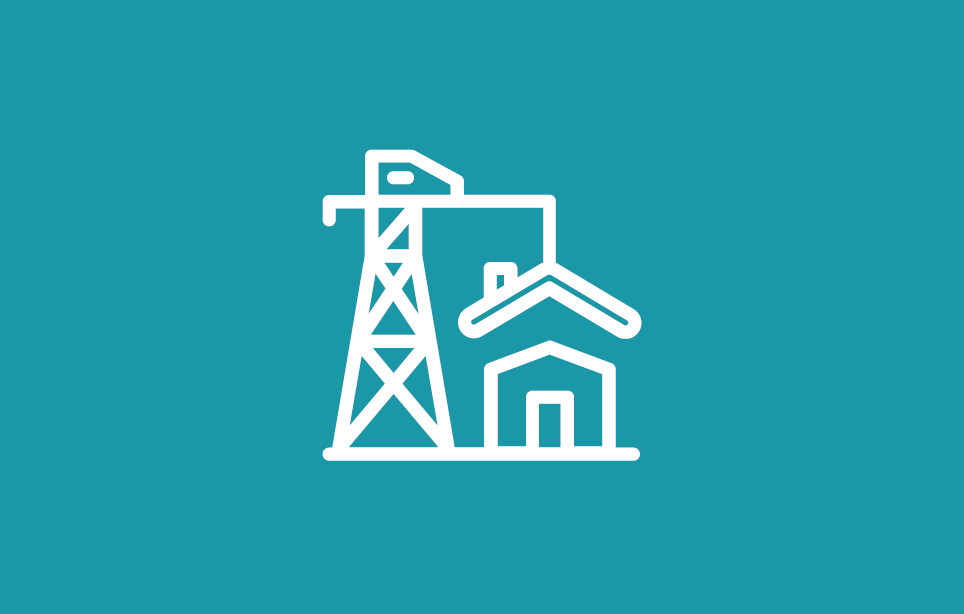









.png)
